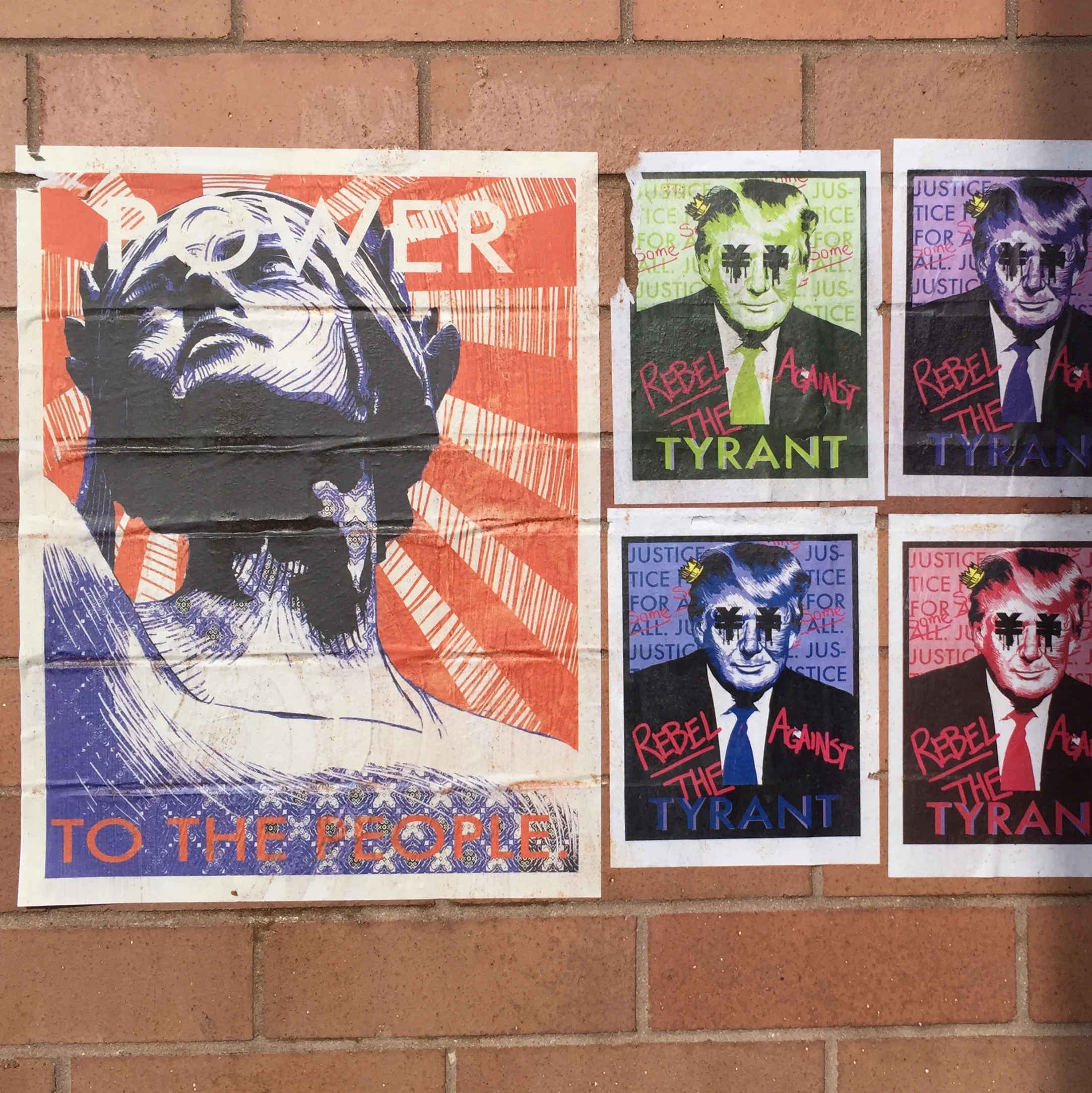The Economics of School Choice: Charter Schools
Let’s say 75 kids start kindergarten at Neighborhood Elementary School. The kids are evenly divided into 3 classes with 3 teachers and the school receives $8,000 in funding for each child, about $600,000. With that money the school has to pay the teachers, specialists, administrators, utilities, transportation, technology, and everything else that you need to run a school.
At the end of the year, let’s say that 7 kids leave for other schools in the area. Why 7 students? Well, in my state about 10% of students attend charter schools. That means Neighborhood Elementary has lost $56,000 in funding, but there’s not much they can cut. They can’t get rid of a teacher; they still have to pay for the same number of specialists and administrators. Utility costs haven’t changed, and 7 fewer children doesn’t change transportation costs much. Basically, the school has to do the same job, but for less money. This is when schools start to cut back on things like the arts, gym, sports, playgrounds, field trips, experiments in classrooms, and libraries. Those are costs they can control in all of this, but the loss of these things negatively impacts the learning of the 68 children left in the first grade at Neighborhood Elementary.
Those 7 students are now attending a charter school in their town. A second school, where a second set of teachers, administrators and specialists are being paid. A second set of building, utility, and transportation costs, as well as technology and supplies. Rather than pooling resources and trying to help Neighborhood Elementary thrive, school choice has divided the resources into smaller pieces, often without showing markedly better results.
School choice advocates will often say that the public school will be forced to do more with less. That they’ll be forced to improve to compete. That they’ll innovate! That the free market will take care of things. The problem is that schools aren’t just mini corporations and students aren’t raw materials. If you lose 10% of your students, you can’t just cut 10% of your costs. It doesn’t work that way. In the scenario above, you’d have to lose a third of the students before you could remove a teacher, and that still wouldn’t correspondingly reduce all of the costs associated with running a school.
Though everything I’ve just written will make it seem otherwise, I believe that charter schools do have a place in our educational landscape. I think they can specialize in ways that traditional public schools cannot. I actually think that the West Michigan Aviation Academy, backed by the DeVos family, is a great example of what is possible. (I know, I can’t believe I just said something positive about the DeVos Family either.) The issue I have is when charter schools exist simply to compete with public schools for students; when they are not providing a higher quality of instruction; and when student achievement is the same, or worse. Simply opening another school does not address the problems in many of our nation’s public schools: underfunding, poverty, inequality, lack of early childhood education, and more. It just divides the already limited resources even further.



